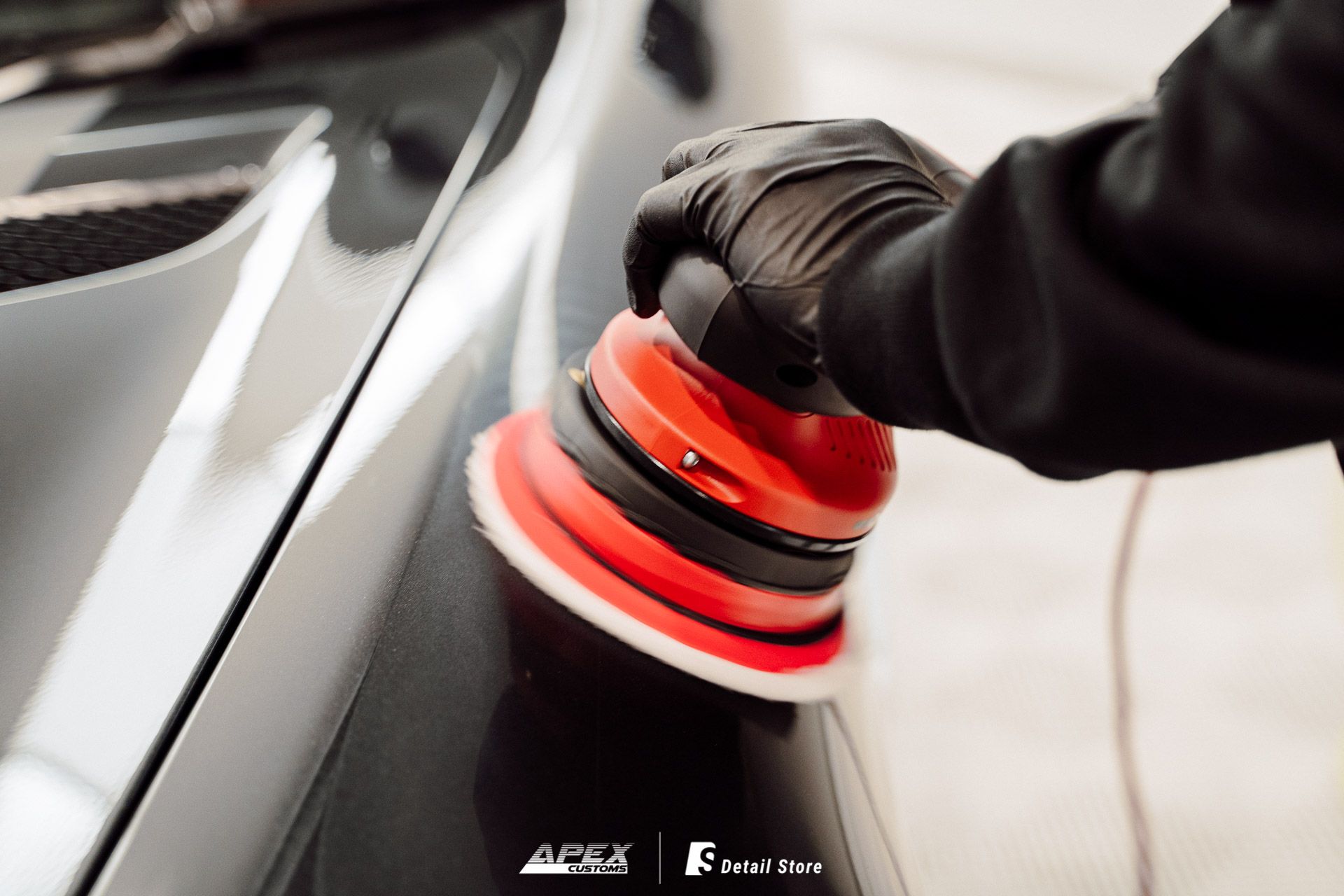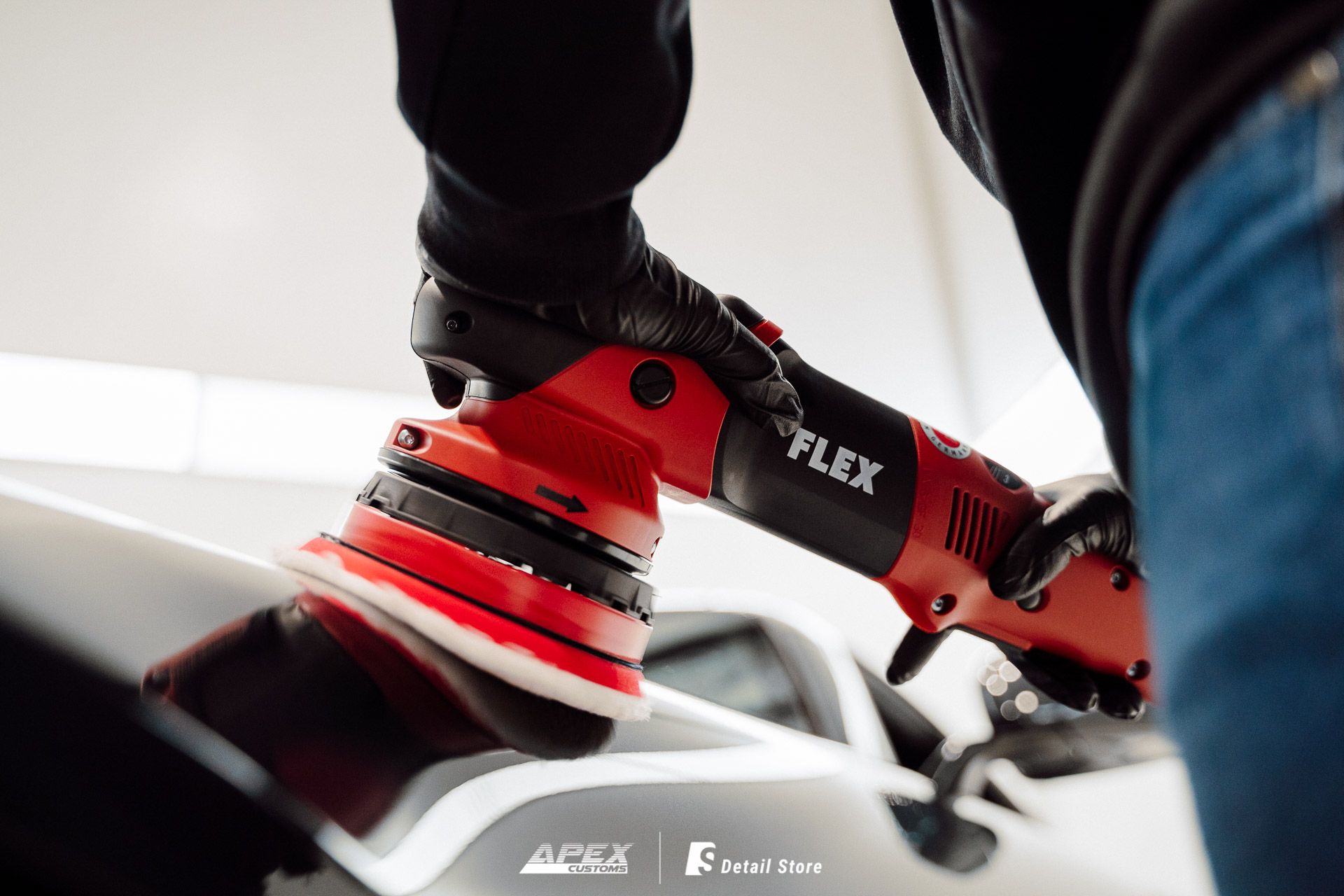Introduction
In the world of car detailing, having the right tools can make all the difference.
Microfibre pads have emerged as a versatile and powerful option for both cutting and polishing, offering superior results compared to traditional foam pads.
This comprehensive guide explores the advantages of microfibre pads, their dual nature, and tips for maximising their effectiveness.
What Are Microfibre Pads?

Microfibre pads are designed with fine synthetic fibres that are smaller than a denier, making them highly effective for both cleaning and polishing applications. These pads are constructed with a layer of foam backing to provide flexibility and contour to the surface of the vehicle.
Advantages of Microfibre Pads in Cutting and Polishing
Microfibre pads excel in both cutting and polishing due to their unique construction. The fine fibres create a higher rate of contact with the paint surface, providing greater abrasion for cutting tasks. Simultaneously, their ability to contour to the vehicle’s surface makes them suitable for polishing, leaving a smooth and glossy finish.
Here are some advantages of microfibre pads when it comes to cutting and polishing your car.
Superior Cutting Power: Microfibre pads offer exceptional cutting ability due to the high density of fine fibres. This allows for better abrasion and removal of surface imperfections, such as scratches and oxidation, more efficiently than foam pads.
Versatility: One of the standout features of microfibre pads is their versatility. They can be used for both cutting and polishing, making them a valuable addition to any detailer’s toolkit.
Efficiency: Microfibre pads can remove fine swirls and embedded contaminants more effectively, often requiring fewer passes than foam pads to achieve the desired result.
Durability: These pads are known for their durability, capable of withstanding multiple uses without significant degradation in performance.

How to Use Microfibre Pads Effectively
- Start with Minimal Pressure: Begin with minimal pressure and a low-speed setting on your polisher (around speed 3). Gradually increase the speed and pressure as needed to achieve the desired cutting effect.
- Use the Right Product: Pair microfibre pads with the appropriate cutting or polishing compound to maximise their effectiveness.
- Keep Pads Clean: Regularly clean the pads during use to remove accumulated debris and maintain their performance.
Comparing Microfibre Pads to Foam Pads
Often, people wonder about the difference between microfibre pads and foam pads. Here is how they compare:
Cutting Ability: Microfibre pads offer superior cutting power compared to foam pads, making them ideal for removing deeper scratches and imperfections.
Polishing Finish: While foam pads are generally safer and provide a better finish for polishing tasks, microfibre pads can achieve comparable results with fewer passes.
Versatility: Microfibre pads’ ability to perform both cutting and polishing tasks makes them more versatile than foam pads, which are typically specialised for one function.
Tips for Maintaining Microfibre Pads
- Regular Cleaning: Clean microfibre pads immediately after use to prevent compound buildup. Use a pad cleaner or mild detergent and warm water.
- Proper Storage: Store pads in a clean, dry place to avoid contamination and prolong their lifespan.
- Avoid Overuse: Rotate between multiple pads to prevent overuse and ensure consistent performance.
Conclusion
By leveraging the unique properties of microfibre pads, you can achieve exceptional results in both cutting and polishing tasks, making them an indispensable tool in your detailing arsenal.
Regular maintenance and proper usage will ensure that your microfibre pads remain effective and deliver a flawless finish every time.
Frequently Asked Questions (FAQs)
Yes, microfibre pads can be used with both rotary and dual-action polishers. Ensure that the pad size matches the backing plate of your polisher.
Clean the pads after each use to maintain their effectiveness and prevent residue buildup.
Yes, microfibre pads are user-friendly and suitable for both beginners and experienced detailers due to their versatility and efficiency.
Microfibre pads may be slightly more expensive than foam pads, but their durability and versatility often justify the higher cost.
Yes, microfibre pads are safe to use on all types of automotive paint. Always test a small area first to ensure compatibility.
Microfibre pads commonly come in 3-inch, 5.5-inch and 6.5-inch diameters to fit 3-inch, 5-inch and 6-inch backing plates, respectively.
-

Calvin brings a wealth of experience across multiple engineering disciplines, including chemical, mechanical, and electrical engineering. His in-depth knowledge of filtration systems and hydraulic pumps has positioned him as an expert in the pressure washer product category. With a unique combination of technical expertise and business insight, Calvin excels at solving complex challenges and driving innovation, particularly in the car detailing industry.
-

Aaron is a passionate car detailing enthusiast who channels his expertise and love for pristine vehicles into engaging blog content for a leading detail store website. With a keen eye for detail and a wealth of knowledge about the latest products and techniques, Aaron provides invaluable insights and tips to fellow car enthusiasts. His dedication to achieving showroom-quality results and his ability to explain complex processes in an easy-to-understand manner make his blog a go-to resource for anyone looking to elevate their car detailing game.

